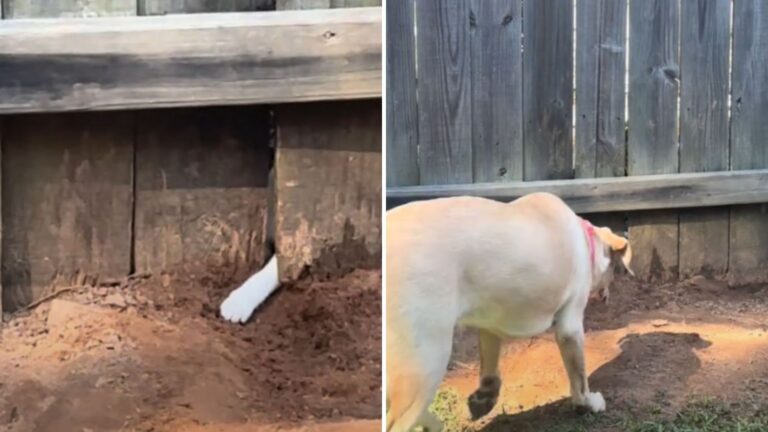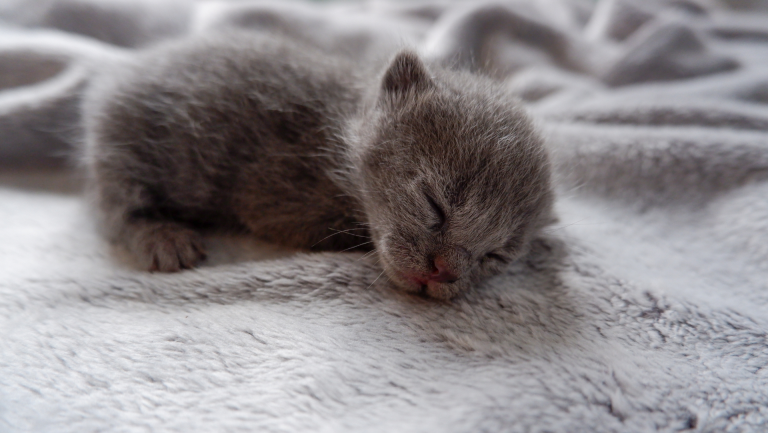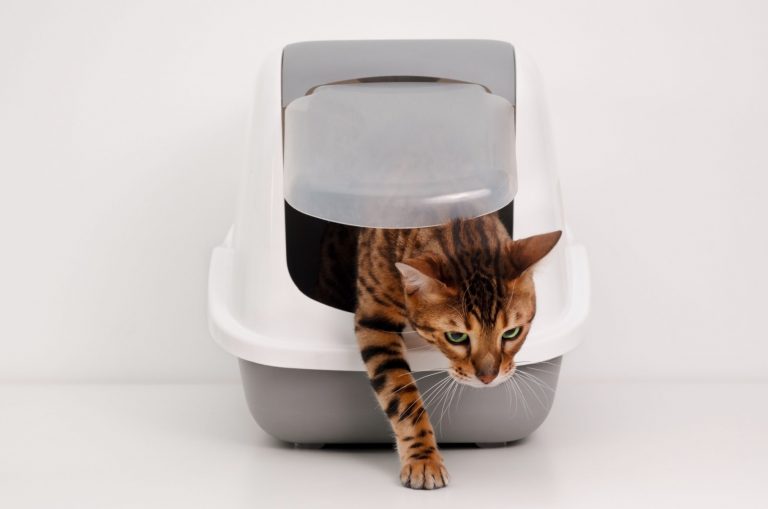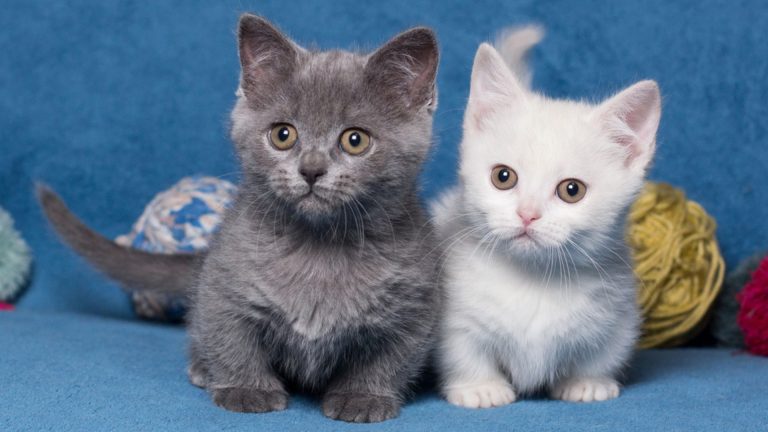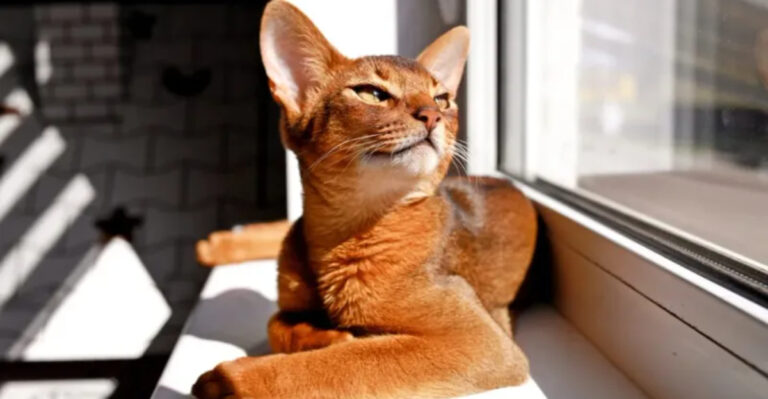How To Euthanize Cat At Home: A Step-By-Step Guide

Considering that cats have a significantly shorter lifespan in comparison to humans, it is to be expected that our beloved pets will pass during our lifetime. For some unfortunate pet owners, pet loss is even harder because they‘re the ones who had to make the decision to end their pet’s life. This is achieved through the process of euthanasia.
This difficult decision can be made a bit easier if the owners know about the option of home euthanasia.
Home euthanasia gives cat parents and cats the comfort of their own home, putting the cat down in a place where they shared years of wonderful memories, avoiding veterinary offices, waiting rooms, and a gloomy car-ride back home.
I must immediatelystate that at-home euthanasia does not mean you’re the one that should be perfoming the procedure, but rather a veterinarian will come to your house.
How to euthanize cat at home? is a question that unfortunately does comes up from time to time, so I’m here to answer it and give you all the important information you need to know before choosing home euthanasia.
How To Euthanize Cat At Home: Is It Even A Possibility?
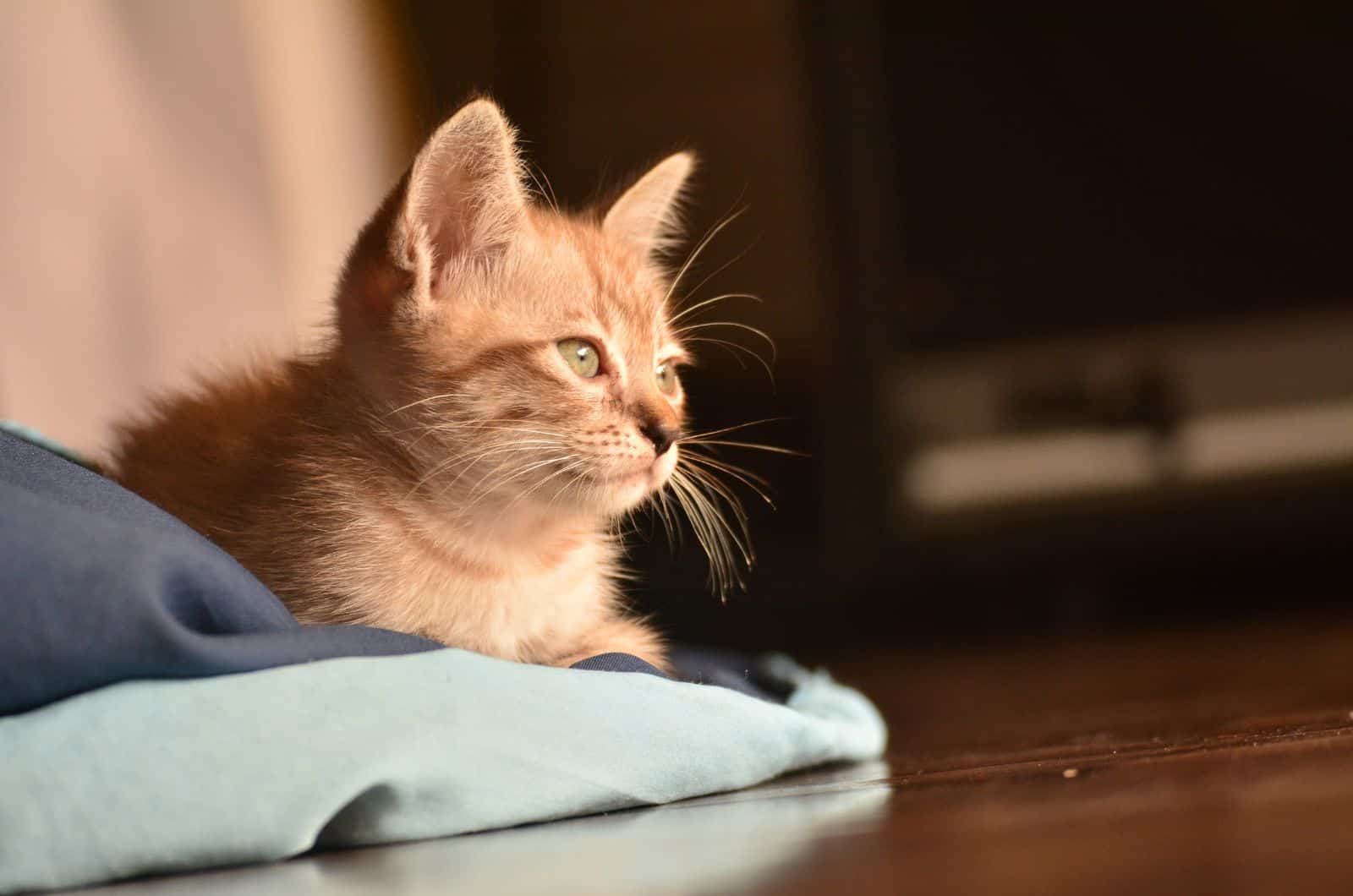
The American Medical Association defines euthanasia as the administration of a lethal agent by another person to a patient for the purpose of relieving the patient’s intolerable and incurable suffering. In our case, the patient is a cat.
Painless death is something that every cat parent wants for their feline friend and luckily, that option is possible thanks to modern veterinary techniques.
Your options are:
🐾 Going to the veterinary clinic, informing yourself about feline euthanasia and scheduling an appointment.
🐾 Going to the shelter and giving the responsibility of euthanasia to the people that work there (they will act as mediators to a professional and will not do it themselves of course).
🐾 Home euthanasia.
When Should Feline Euthanasia Be Considered: A Quick Overview
Before going into the details of at-home euthanasia, let’s briefly go over when euthanasia should be considered in the first place.
Euthanasia is recommended for cats whose quality of life has become dramatically lowered due to a terminal and painful condition or illness (such as heart failure, kidney disease, cancer, etc.)
Euthanasia is often an option for cats that are in their senior years when a drastic decline in the cat’s quality of life has become obvious.
Euthanasia is sometimes referred to as a good death and it is recommended only if there is no other option (for example you’ve exhausted all treatment options and there is nothing that can gelp or stabilize your pet’s health)
Some signs your cat’s quality of life is declining include:
🐾 Not eating or drinking
🐾 Changes in personality
🐾 Change in appearance
🐾 Significant weight loss
🐾 Weakness
🐾 Significant decrease in energy levels
🐾 Seeking solitude and hiding
🐾 Disorientation
🐾 Experiencing constant pain
Of course, the decision to end a pet’s life is not an easy one and it depends on:
The type of disease a cat is dealing with (Is it chronic? Is it incurable? Is it life-limiting? Is it terminal?)
The amount of pain and other debilitating symptoms your cat is experiencing.
The ability to carry out day-to-day activities, such as moving around or using the litter box.
The financial state of the family (some treatments can become a heavy financial burden).
What Are Your Options When It Comes to Home Euthanasia?
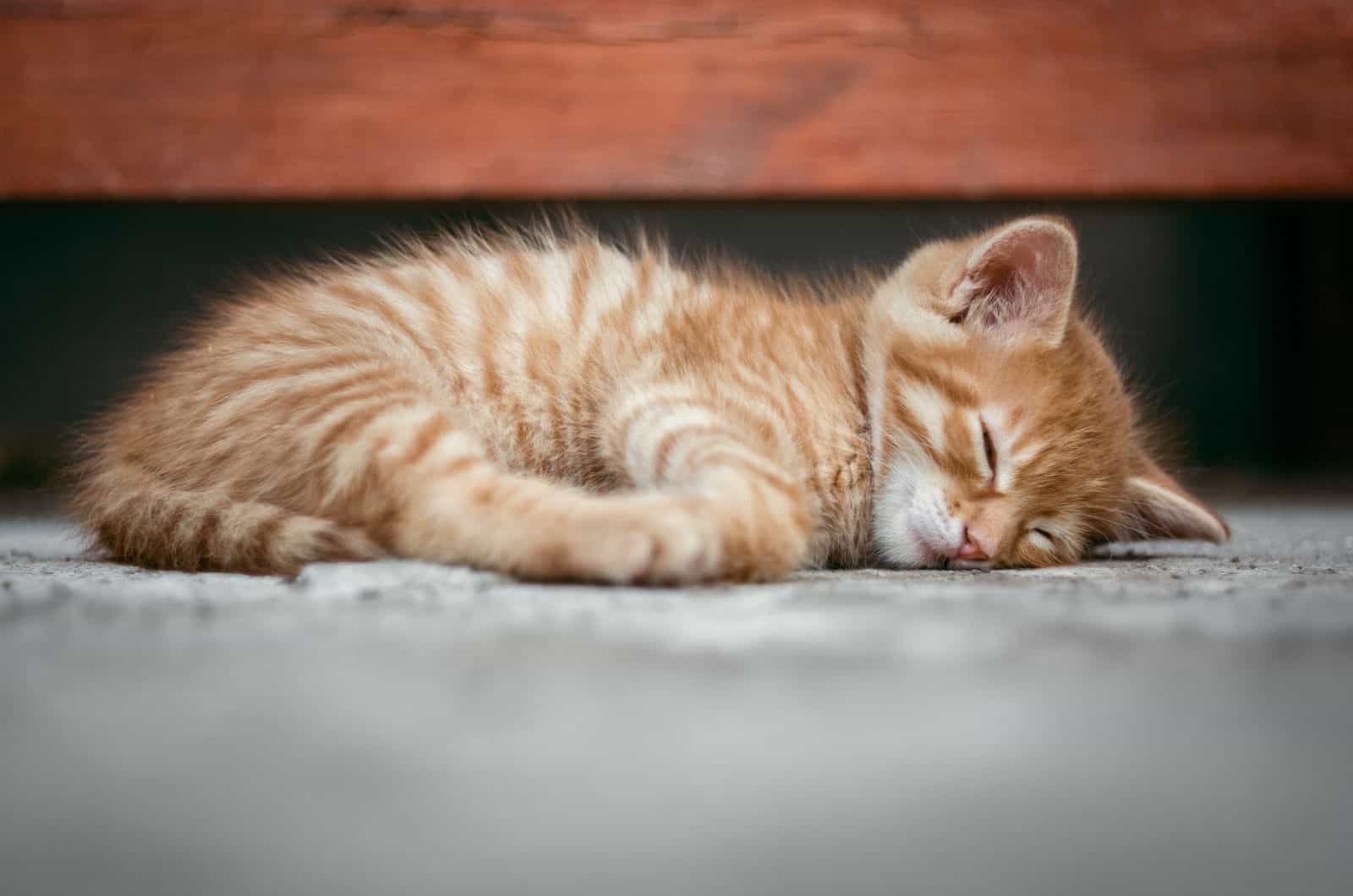
Well, you only have 2 options:
🐾 Performing it yourself by giving your pet specific over-the-counter drugs.
🐾 Having a professional come and perform an at-home euthanasia that would be done the same way as it would in the vet’s office.
I highly discourage the first option, but let’s go into more detail about each of the mentioned options.
1. Giving Your Pet Over-The-Counter Drugs: Not Recommended!
Some people may not have the funds to take their cat to the vet one last time. It can cost significantly more to put a cat to sleep in a veterinary hospital compared to giving a cat a large (and fatal) dose of an over-the-counter medication.
Some people decide to use pills (such as Tylenol PM, Benadryl, Aspirin, Insulin, etc.) to euthanize their cats. This is not recommended and should never be considered.
What Are The Risks Of Euthanizing Your Cat By Yourself?
DIY cat euthanasia can go wrong in a million different ways, and all of them have one thing in common – the tragic end of a pet’s life in a way that you did not expect.
For example, the dosage of the drug might be too low for an instant death – which results in the pet suffering for much longer than expected, resulting in a slow and painful death. I am sure you don’t want this for your pet. The drug administered may also have unexpected results, causing pain or other disturbing experiences for your cat.
The Humane Society of the United States in their Euthanasia Reference Manual state the following:
Humane euthanasia of an animal requires five basic elements:
1. Compassion
2. Knowledge
3. Technical skills developed through training and experience
4. Appropriate application of the most state-of-the-art drugs, equipment, and techniques available
5. Wisdom to know when euthanasia should, and should not, be performed
I think this makes it pretty clear that you should not perform at-home euthanasia by yourself. You lack the knowledge, state-of-the-art drugs, equipment, and technique (such as intravenous administration of a drug) in order to perform this procedure safely yourself.
I highly suggest you do not do this and no veterinarian would endorse this approach.
2. Veterinarian Administering Euthanasia: Highly Recommended

Hopefully, I’ve discouraged you from considering administering pet euthanasia yourself. Now let’s discuss the most human way to put a cat to sleep using euthanasia services from a pet hospice provider or a veterinary clinic that offers the option of sending out a vet to your home.
Pet hospice care is any type of end-of-life care provided to terminally-ill or senior cats that are approaching the end of their lives. It involves all end-of-life home services designed to make your pet’s lives as comfortable as possible, and provide an easy passing. Pet hospice sevices also offer the choice of pet euthanasia as well.
Not every veterinary clinic offers of at-home euthanasia as an option, so it’s best you check with your local vet office about what services they offer for your circumstances.
The Process Of Home Euthanasia: Step-By-Step
The process of home euthanasia happens in the following way:
You find an at-home euthnasia service provider and inform yourself by scheduling an appointment to talk to them so they can walk you through the entire process.
Schedule the date and the time you want the veterinarian (DVM) to come.
The veterinarian will arrive at your home at the agreed upon time and examine your pet.
Based on your pet’s condition, the veterinarian will choose the best medications.
Once the veterinarian determines the best plan, they will talk you through it and give you all the time that you need to ask any questions you might have.
Together, you will choose the best location to perform the procedure.
The veterinarian will give your cat two injections; your pet will pass away very quickly after the second injection is administered.
Based on your agreement with the home-euthanasia service provider, they can take care of your pet’s remains afterwards if required.
How Long Does It Last?
The entire visit, including examining your pet, informing you about anything you would like to know, the euthanasia process and handling your pet afterwards, can take anywhere from 30 – 75 minutes.
Why Are Two Injections Used?
The first injection is a sedative. It is given into the muscle or intravenously. The initial pain is very short-lasting. The purpose of this sedative injection is to make your pet more relaxed, sleepy, and free from pain.
When your pet is asleep, a second injection of anesthetic is given, usually intravenously. This is usually an injection of barbiturates (such as pentobarbital). The purpose of this injection is to stop the heart, which can happen anywhere from a few seconds to a minute after the injection is administered.
What Happens After Your Pet Passes?
Usually what happens after a pet passes away is discussed before any drugs are administered. You and your family members can choose between the following 3 options:
🐾 A home burial
🐾 A burial at a pet cemetery
🐾 Cremation
You will, of course, choose the option that you think is best.
Some at-home pet euthanasia service providers offer the choice of cremation in order to take that task from the owner‘s hands. Some owners might be more at ease knowing that their pet’s body will have good care taken of it, by someone else.
How Much Does Feline Home-Euthanasia Cost?
The cost of at-home feline euthanasia services varies depending on what’s included in the service.
For example, some service providers charge the travel fees, while others do not. It also depends on if you have cremation included in the service or not. Also, some service providers are in general more expensive than others, so that should be taken into consideration as well.
The prices range anywhere from $100-$1000.
If you live close to a low-cost veterinary clinic or pet hospice facility, and do not choose their cremation services, you can expect the cost to be on the lower end of the price range.
What Are The Benefits Of Euthanizing A Cat At Home?
At-home euthanization of a beloved pet has become the preferred choice for many pet owners in recent times. This is because it offers many benefits compared to regular in-clinic euthanization.
The benefits include the following:
It is done in your own home, where you and your cat feel most comfortable, with the people who your cat loved.
You will not upset your cat if your cat hates vet visits or senses an unfamiliar environment.
You and your cat will spend their final moments in the place you shared your best memories.
The heartbreaking moment can be handled as you wish it to be, without suppressing your emotion due to the presence of strangers.
You will not have to drive back home from the hospital, as this might not be the safest option if you are distressed.
Home euthanasia of a pet has been more and more popular recently, and I think it’s understandable why, considering the many benefits.
Most Frequently Asked Questions
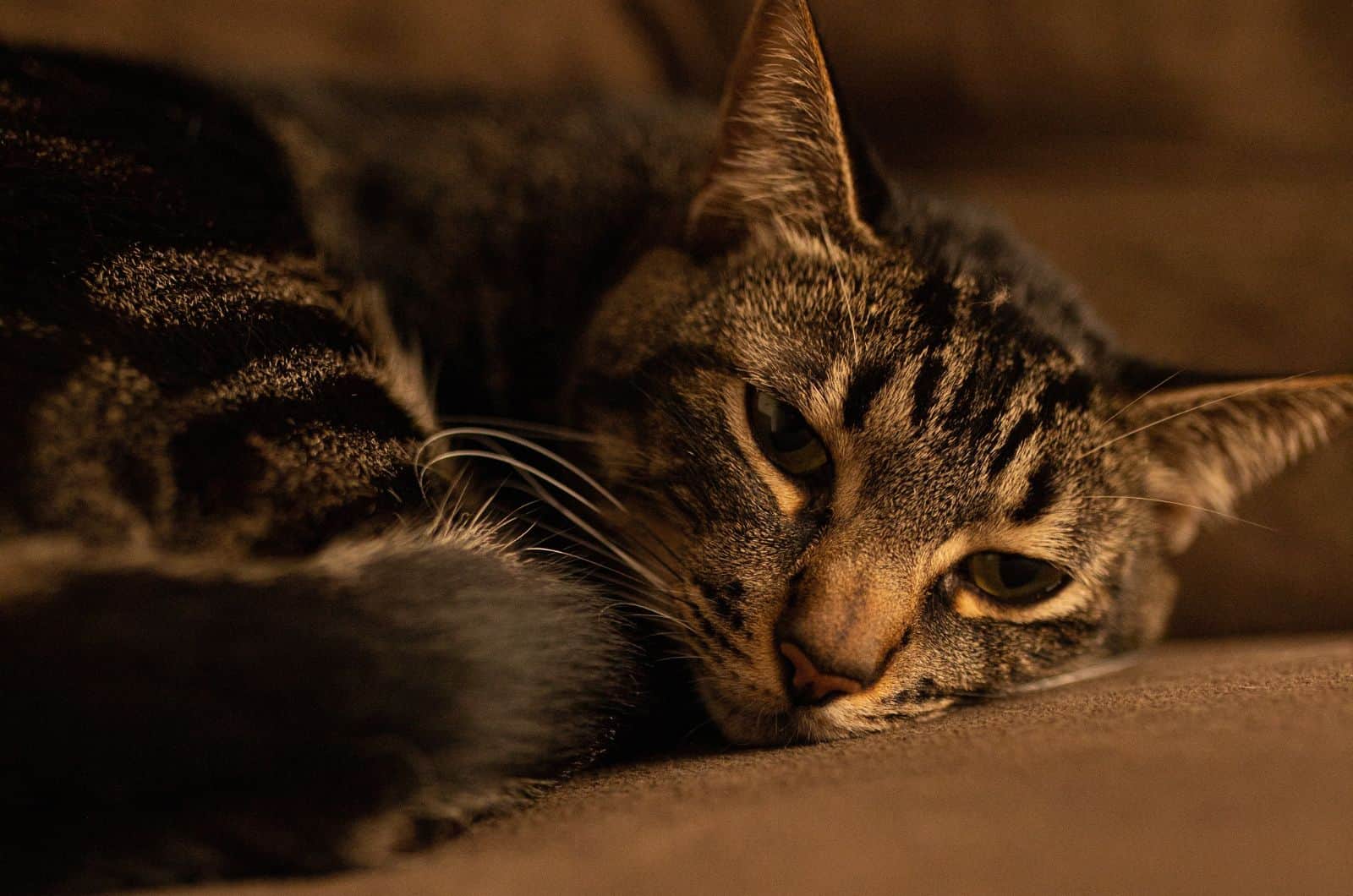
1. What Should I Do If My Cat Is In Pain?
If you notice your cat is in pain, of course, you need to visit the vet’s office the first chance you get.
The veterinarian will hopefully find out what’s wrong and recommend medication and other treatment options as required.
If, after some time, treatment seems not to work anymore and your cat continues being in pain, you need to consult your veterinarian about your options – whether to continue trying to make your cat better or resort to ending your cat’s suffering.
The most important thing here is discussing the case with your veterinarian. They are professionals who know when there’s no point in continuing treatment.
If that’s the case, I suggest you educate yourself as much as you can about feline euthanasia, including the possibility of at-home euthanasia if you feel this would be the best option for your pet.
2. How Do I Euthanize My Cat?
Cat euthanization is not something you should be performing. It should always be conducted by a veterinary professional.
I highly discourage any attempts of home pet euthanasia using over-the-counter medication. Although the process seems simple, it most definitely is not, and veterinarians go through intensive training in order to learn how to perform it correctly.
I suggest visiting your veterinarian’s office and talking through your options with a professional.
3. What Is The Best Way To Euthanize A Cat?
You can choose between this procedure being done in the veterinary clinic or at-home.
Either way, most veterinarians opt for using an intravenous injection of pentobarbital solution, as this substance is shown to be a very efficient anesthetic.
4. Can I Put My Cat To Sleep At Home?
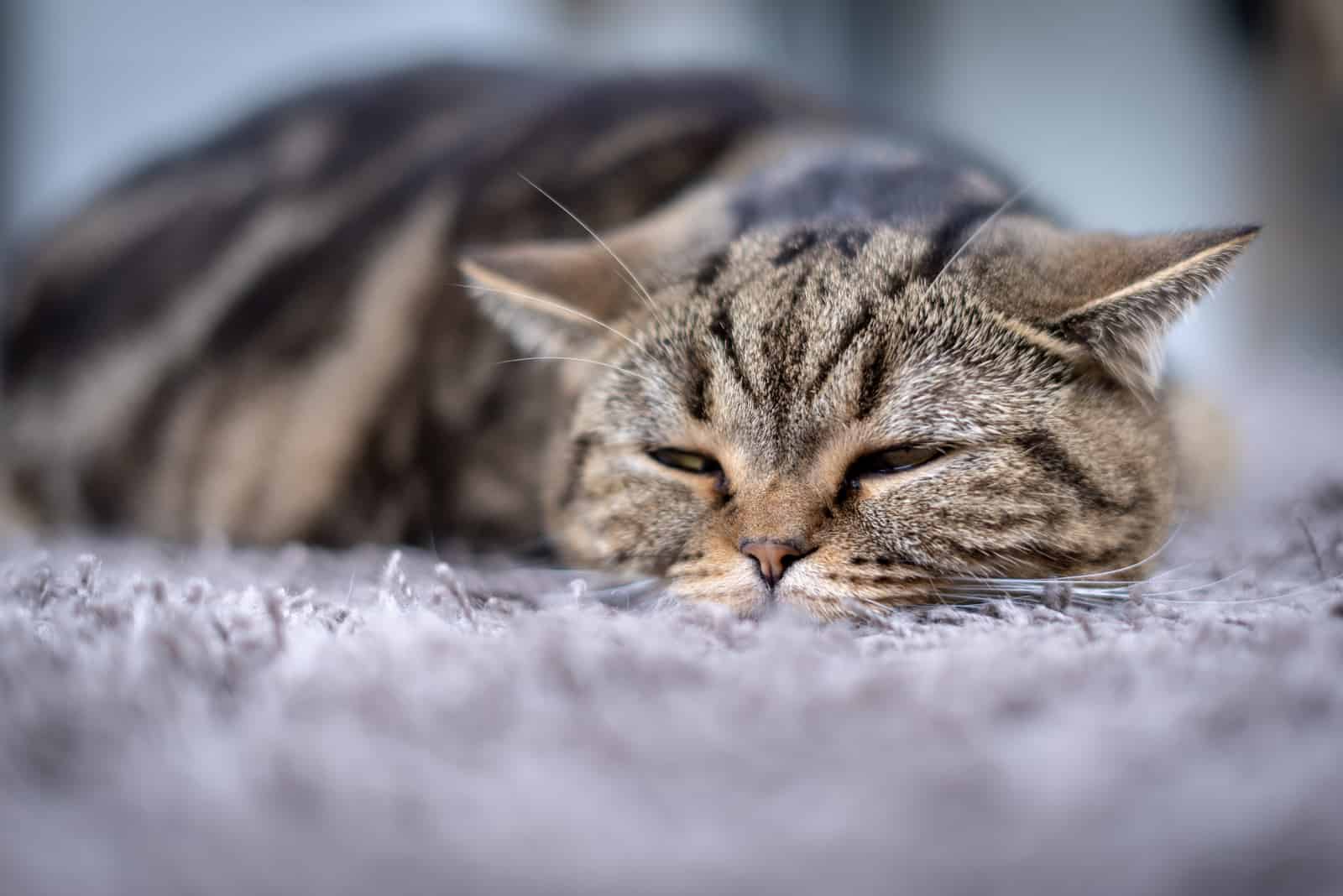
At-home euthanasia is a viable option for many pet parents. The euthanasia procedure, even when carried out at home, needs to be performed by a veterinarian and not by you.
A veterinarian knows exactly what they’re doing and has gone through extensive training in order to learn how to perform the procedure in the most efficient and painless way possible.
Pet hospice facilities as well as some veterinary clinics offer the option of sending a veterinarian to your home. Many cat owners find comfort in this difficult time by knowing their cat is surrounded by their loved ones and it’s being done in the place they love the most – their home.
5. How To Euthanize A Cat Without A Vet?
I highly discourage cat euthanization without a vet.
I know an owner’s decision-making skills might be clouded with grief over the impending loss of their pet, but it is no excuse to opt for performing the euthanization process themselves.
There is simply way too much risk associated with it. The worst thing (but a viable possibility) is that the dosage of whatever substance you gave your pet is not the correct one and causes a great deal of suffering to your pet. It can also happen that a substance you expected to work in minutes takes hours, which results in a slow and agonizing death that your pet does not deserve.
Sometimes the owner is not able to financially provide feline euthnasia, but in that case – it’s best to seek other solutions, such as giving the cat to a cat shelter and having them perform the procedure. This is not the only possible solution, but it’s a very good one and I encourage you to look for other solutions as well.
6. Can I Euthanize My Cat With Gabapentin?
Gabapentin is an anti-seizure medication used for both humans and cats. In cats, it is used for treating chronic pain and anxiety as well.
It is used prior to euthanization in order to calm a cat as it is a very effective anti-anxiety drug. It must be noted that the euthanization process itself is not done with this drug, this is just a pre-euthanization “calming ritual”.
You should not try to overdose your cat on gabapentin in an attempt to perform the euthanasia procedure yourself. High doses are known to cause a lot of bad side-effects, but not an instant death. Always leave it to the professional.
7. How To Euthanize A Cat At Home With Tylenol PM?
Tylenol PM is a painkiller and a fever reducer that can be found in most homes, as it is very commonly used and is known to be very efficient for humans.
For cats, even the smallest doses can be fatal, not to mention large doses. However, using this medication on cats is extremely painful for them! It must be used with sedatives, otherwise your cat will die a painful death.
Would I recommend cat euthanasia with tyleonol PM? Absolutely not. I do not recomment pet euthanasia with over-the-counder medication in any circumstance. Those who do attempt it must know about the additional drawback of Tylenol PM – choosing the right dosage of Tylenol PM and using a sedative.
Sedatives need to be used alongside this medication, and knowing the right amount of each substance to give to your pet without professional knowledge is like playing russian roulette with your pet’s final moments. On one hand, you may guess the right dosage, and on the other hand if you don’t – your pet will die in pain, which I’m sure you don’t want.
Even if your vet recommends a dosage, there is still a chance it’s not the right one for your pet (due to your pet’s metabolism, weight, etc.). Essentially, I recommend avoiding this subtance and all over-the-counter substance use for euthanasia all together.
8. How To Euthanize A Cat With Benadryl?

Benadryl is a medication used to treat symptoms of allergies and even the common cold. It can be given to pets in order to treat severe allergic reactions (it is not FDA approved for use in animals, but a vet can still prescribe it).
In cats, a severe Benadryl overdose could lead to seizures, labored breathing, and coma. In the worst case scenario, death is a distinct possibility.
There is a common belief that Benadryl can be used to put down a cat, however doing so is not advised. As you can see, a Benadryl overdose does not lead to instant death, but rather a slow and potentially painful one.
This is an inhumane way to euthanize a cat, given the misery the cat would have to endure.
9. What Will Happen If I Don’t Euthanize My Cat?
If your cat is terminally ill or very old, death is surely coming either way. If you choose not to euthanize your cat, your cat will live for some time and will eventually die.
The goal of euthanization is to prevent suffering for longer than necessary. If you decide not to do it, your cat will go on to live for some time (we don’t know for how long) but you have to ask yourself if it will be a happy life or a miserable life?!
In Conclusion

It is difficult to say goodbye to our adorable pets, especially when they have been a part of the family for a number of years. Sometimes, you have to make the choice to end your pet’s life because they’re suffering too much pain or their quality of life has drastically deteriorated. The best thing you can do for your cat is to give it a painless death…
It may be helpful to know that euthanasia is a very safe, compassionate, and peaceful procedure after you have determined that it is the best option for your pet. The medication will be administered by your veterinarian using a very tiny needle. Your pet will slowly nod off and pass away in a matter of seconds.
At-home euthanasia is a good choice for cat owners who wish to spend their cat’s final moments in the comfort of their own home. Luckily, there are service providers that can help with this process.
The vet makes the trip to your house, gently aids in the transition of your pet to a peaceful passing, and gives you the space you need to say goodbye. The veterinarian will then arrange for cremation or will provide another method of caring for your pet’s remains according to your wishes.
It’s important to mention that you should not try to perform euthanasia yourself with over-the-counter medication, no matter how many articles about it you read online (and I’ve seen a few). The risk of this procedure failing is too great, and it can lead to your pet suffering and I’m sure you don’t want that.
Please, contact a professional home-euthanasia provider as they know exactly what to do.
Now you know your options when it comes to how to euthanize cat at home, and I hope this article has been of help.
Related Articles:
When To Euthanize A Cat With IBD? Everything You Need To Know

